These Sourdough Spelt Onion Pockets, made with 100% spelt flour and filled with an onion/poppy seed mixture, are slightly sweet and nutty.
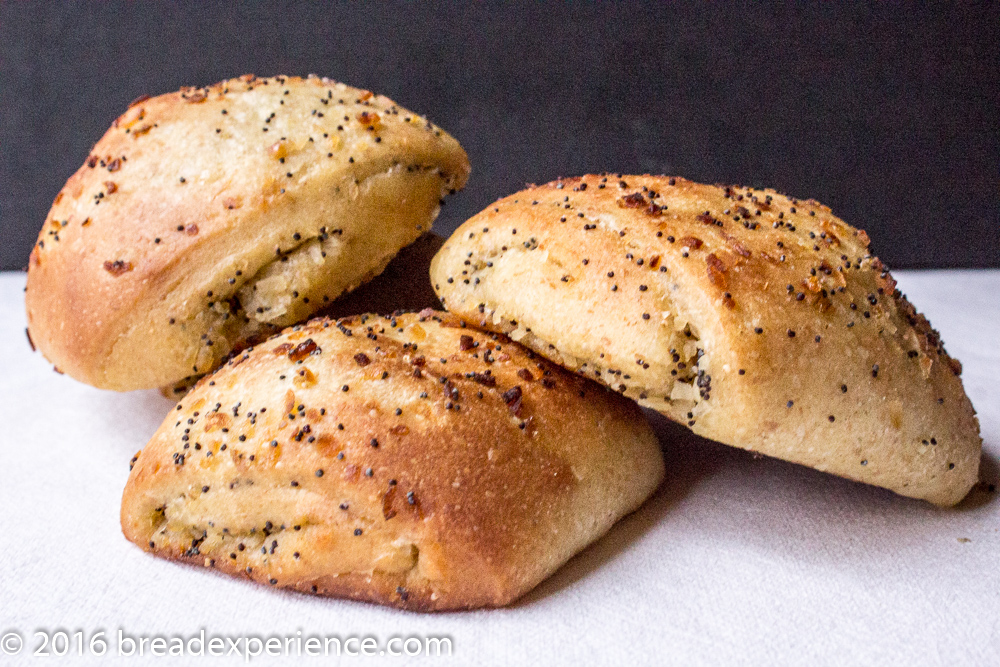
This formula is an adaptation of the recipe from Inside the Jewish Bakery by Stanley Ginsberg & Norman Berg. Don Sadowsky, a member of the Artisan Bread Bakers FB Group, adapted the formula to utilize a sourdough levain. I want to thank Mr. Ginsberg for allowing us to use his recipe and Mr. Sadowsky for contributing his adaptation for the monthly BOM (bread of the month bake). This one is a keeper!
I adapted the formula a bit further to utilize all-purpose and wholegrain spelt flours instead of regular bread flour and adjusted the hydration accordingly.
Notes from Don:
This is an adaptation of the onion pocket recipe from Inside the Jewish Bakery, by Stanley Ginsberg and Norman Berg. The book is fantastic if you’re interested in the recipes that Jewish bakeries in the U.S. used during the 20th Century (and beyond), and the history behind them. Stanley Ginsberg has graciously granted permission to post this version of the recipe. The original recipe uses commercial yeast, but I like to make a sourdough version. Nonetheless, I sometimes throw in a couple grams of commercial yeast to give the rolls a little extra oomph. Your choice.
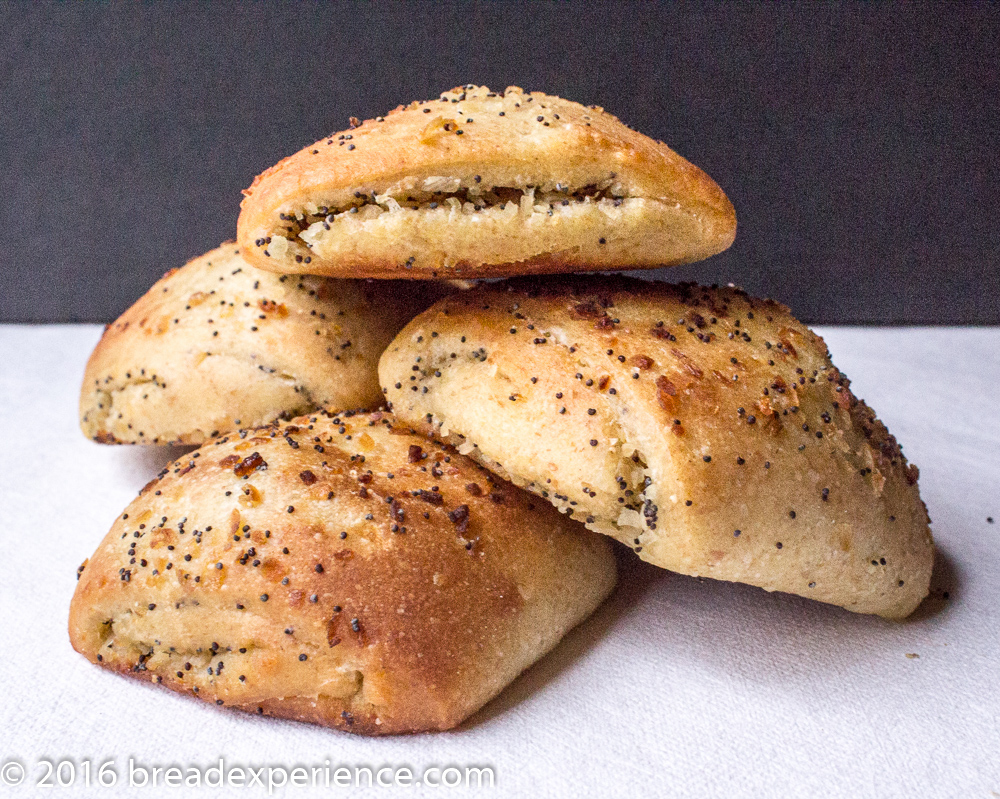
Sourdough Spelt Onion Pockets
Sourdough Version with Optional Additional Yeast
These rolls are really easy to make. The formula utilizes dried onions that are re-hydrated but the prep time is minimal.
- 500 grams all purpose spelt flour
- 60 grams whole grain spelt flour
- 125 grams water *
- 50 grams olive oil
- 1 large egg [77 grams]
- 77 grams organic sugar
- 1/4 teaspoon instant yeast [2 grams] (optional)
- 11 grams salt + 25-30 grams water
- 120 grams active sourdough starter (levain)
* If you make these rolls with regular bread flour instead of spelt, you’ll need about 35 – 40 additional grams of water, for a total of 192 grams, including the water used when mixing in the salt. Adjust the hydration accordingly.
Levain
Feed your existing levain 8 – 10 hours before adding to the main dough (or less if your levain ripens quickly or the kitchen is very warm). Use whatever flours you normally use to feed it. I use a 100% hydration levain. If yours is different, adjust the water in the main dough accordingly.
Sweet Egg Dough
I mixed the dough by hand but you can also use a stand mixer just be careful not to overmix if you are using spelt flour.
Whisk egg and oil lightly into the water. In the bowl of your mixer combine flour, sugar, and optional yeast, and mix with a whisk or the paddle attachment at low speed.
Add liquids and levain, and blend until hydrated and shaggy, 1 to 2 minutes. Add salt and mix for one more minute.
Switch to the dough hook and knead at low speed for 8 to 10 minutes until the dough clears the side of the bowl and stretches when pinched and pulled. Knead by hand for 30-60 seconds.
Form into a ball in put in a lightly oiled bowl, turning to coat with oil on all sides. Cover and let ferment.
While the dough is rising prepare the onion mixture (see below).
Bulk is finished when some bubbling appears in the dough, and ridges of gluten appear on the top. The dough may or may not double in size. This can take 2 to 4 hours (or more), depending upon the activity of your levain and the temperature. Degas and knead gently on a lightly floured surface.
Onion Mixture
- Dehydrated chopped onion 45 grams (1/2 cup)
- Boiling water 340 grams (1.5 cups)
- Oil 14 grams (1 Tbsp.)
- Black poppy seeds 10 grams (1.5 tsp.)
- Salt 4 grams (1/4 tsp.)
Add the boiling water to the dehydrated onion.
Stir.
Soak for 30 minutes.
Drain with a strainer and spread the onion out on a paper towel to remove any additional moisture.
Mix rehydrated onions, oil, poppy seeds, and salt.
Divide into three equal portions.
Assembling, shaping, and baking
Mise en place:
The three portions of onion filling
Small bowl of vegetable oil with a pastry brush
One or two baking sheets covered with parchment paper, plus extra parchment paper if desired for step 6 below
Ruler
Instructions:
Divide the dough into two equal pieces. Roll each into a thick sausage shape and stretch to a width of about 12 in/30 cm.
Cover and let rest for 15-20 minutes to relax the gluten.
Place the first piece of dough on a lightly floured surface so that the wide side faces you. Using a rolling pin, roll the dough first from side to side to a width of about 18 in./46 cm and then roll lengthwise to about 10 to 20 in./25-50 cm.
It’s important to roll in the long direction first to train the gluten.
Continue rolling until you form a rectangle of 18 in./46 cm wide by 10 in./25 cm deep, about ¼ in./0.6 cm thick.
Brush the top of the dough generously with oil, leaving ¼ in./0.6 cm of the top edge unoiled, and spread one portion of the onion mixture, filling evenly across the upper two-thirds of the dough rectangle.
Starting at the edge nearest you, fold the dough in thirds, letter-style, and seal the upper edges together by pressing it gently with the heel of your hand. You will now have a strip of filled dough approximately 18 in./46 cm long by 3 in./8 cm wide by 2 in./5 cm thick. Set it aside and prepare the other portion of dough the same way.
Spread the remaining third of the onion filling onto the work surface or a piece of parchment paper about as wide as the filled dough strip and press the top of each strip firmly onto the onion filling so that it adheres to the dough.
Turn the strips right side up and cut each into six pieces (they’re big rolls, you might want to cut them smaller). Put each piece on a parchment paper-lined baking sheet (it may take two sheets) or proofing board. Cover and let proof according to the poke test, 1 or 2 hours.
Around 45 minutes before proofing is complete, preheat the oven to 350 degrees F/175 degrees C, making sure the baking surface is in the top third of the oven. If using two baking sheets, place the second in the bottom third of the oven.
Bake on a stone (slide the parchment paper on top of the stone) or use the baking sheet (I always use the baking sheet). Bake for 12 – 15 minutes until the rolls are a mottled brown. If using two baking sheets, switch the sheets between the two shelves as needed to get the mottling on both sides.
Remove to a wire rack to cool slightly before serving.
- Mixing dough
- Adding in salt
- Dough proofing
- Onion mixture
- Divide dough into
- Roll out dough
- Spread onion mixture
- Roll up into log shape
- Slice into rolls
- Place on parchment
Happy Baking!
Cathy
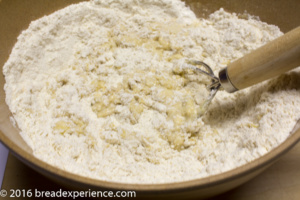
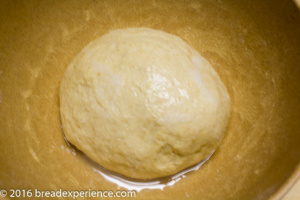
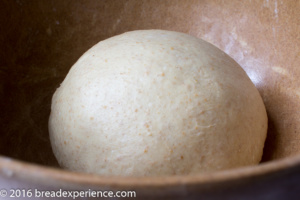
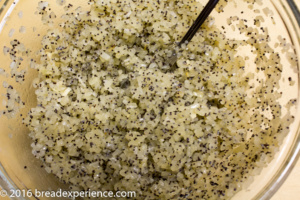
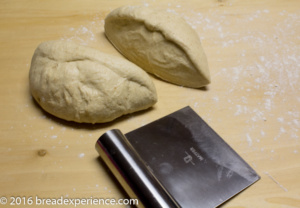
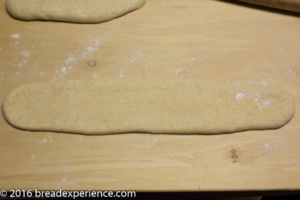
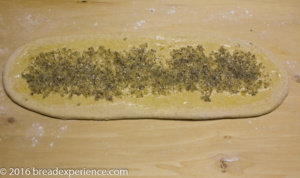
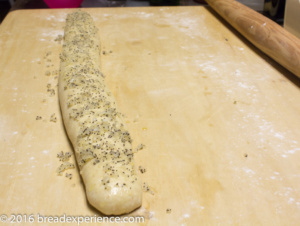
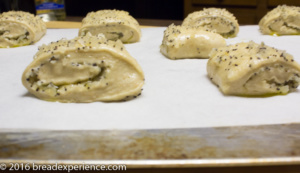
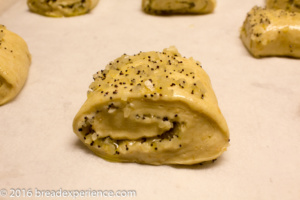
Sophie says
Waw! These look just stunning & super tasty too! Waw!